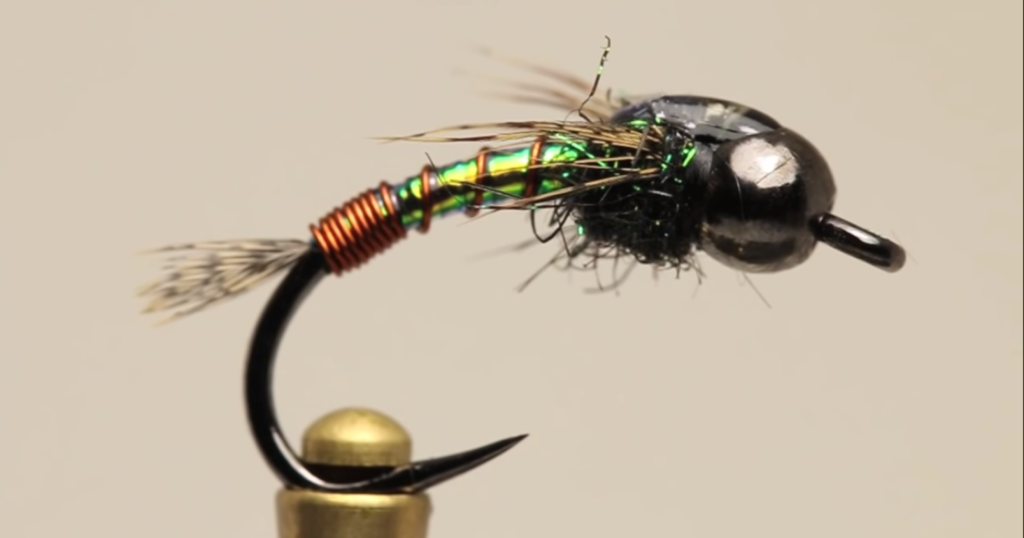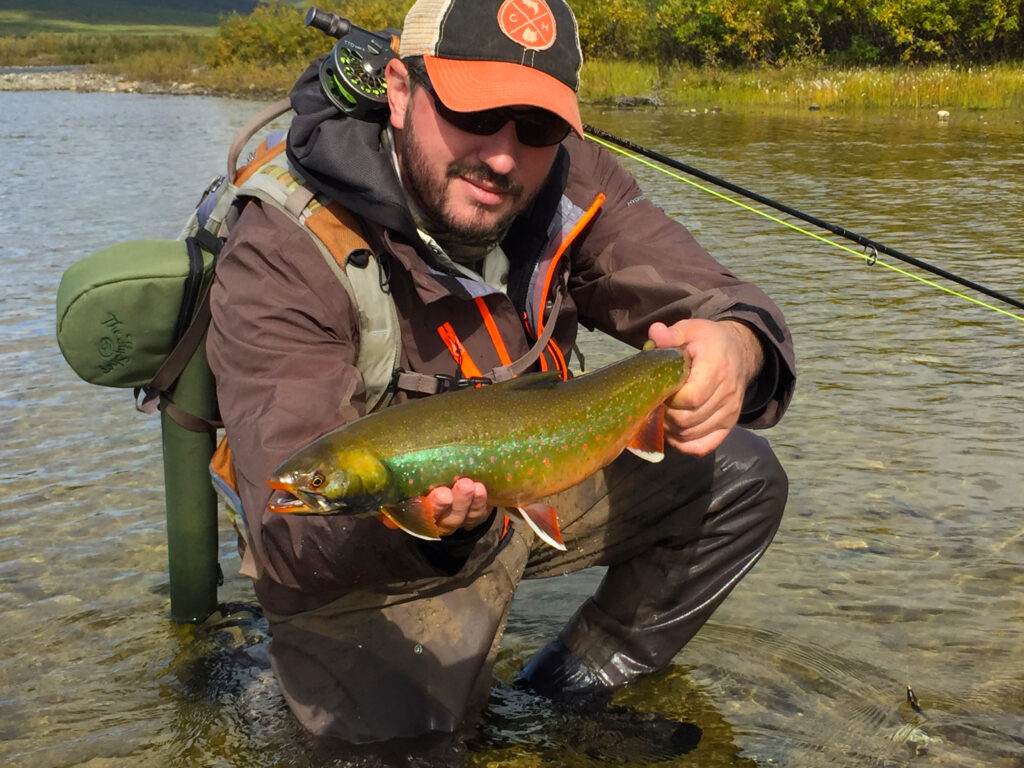Classic Nymphing Course
- 5 Hours, 50 Minutes
- 8 Units | 36 Lessons | 66 Chapters
- 33 Videos
- Coldwater
- Trout
Classic Nymphing Course

8 Units | 36 Lessons | 66 Chapters
Course Description
Nymphing is the most effective way to catch trout, and this course will teach you everything you need to master it. Whether you’re a beginner looking to understand the fundamentals or an experienced angler aiming to refine your technique, this course provides a step-by-step approach to classic nymphing, covering rigging, casting, presentation, and how to read water effectively. Unlike modern Euro nymphing, classic nymphing techniques utilize a strike indicator, making them accessible and effective for anglers of all skill levels. By the end of this course, you’ll have the confidence and knowledge to fish nymphs successfully on any trout stream.
What You’ll Learn:
- Setting Up the Perfect Nymph Rig: Learn how to properly rig your leader, tippet, flies, and weights for maximum success.
- Casting & Mending Techniques: Master different casting and line control methods to achieve a perfect, natural drift.
- Reading Water for Nymphing: Identify prime trout feeding areas and understand how to approach different water types.
- Strike Detection & Hooksets: Recognize subtle takes and set the hook effectively to land more fish.
- Pro Tips & Adjustments: Gain expert insights on fly selection, depth control, and adapting to different conditions.
Why Take This Course?
- Catch More Fish: Since trout feed below the surface most of the time, mastering nymphing will significantly increase your success rate.
- Year-Round Effectiveness: Unlike dry fly fishing, nymphing works in all seasons and conditions, making it a must-know skill.
- Designed for All Skill Levels: Beginners will find easy-to-follow guidance, while experienced anglers will gain advanced insights to fine-tune their technique.
By the end of this course, you’ll be able to confidently nymph fish in any trout river, adjust your rig for different water conditions, and land more fish than ever before.
Course Contributors
Unit 1
Introduction
2 Lessons
- Benefits of Nymphing
- Get the Most Out of This Course
Unit 2
Nymphing Set Up
11 Lessons
- How to Set up a Nymphing Rig
- Strike Indicators
- Chapter – Plastic Indictators
- Chapter – Yarn Indicators
- Chapter – A Dry Fly
- Chapter – Foam Strike Indicators
- Chapter – Cork Indicators
- Chapter – Line Indicators
- Chapter – Recommendations
- Leader and Tippet
- Chapter – Monofilament Leader
- Chapter – Flourocarbon Leader
- Chapter – Knotted vs Knotless
- Chapter – Furled Leader
- Chapter – Types of Tippet
- Connecting Leader and Tippet
- Chapter – Triple Surgeon’s Knot
- Chapter – Double Surgeon’s Knot
- Chapter – Blood Knot
- Chapter – Tippet Rings
- Choosing the Right Leader and Tippet
- Nymphing Fly Selection
- Chapter – Standard Nymphgs
- Chapter – Beadhead Nymphs
- Chapter – Tightline Nymphs
- Chapter – Soft Hackle Nymphs
- Common Flies and Insect Imitations
- Choosing the Right Nymphs
- Adding Weight
- Chapter – Where to Attach Weight
- Rig Configurations
- Chapter – Practice Rig
- Chapter – Double-Nymph Rig
- Chapter – Triple-Nymph Rig
- Chapter – Dry-Dropper Rig
- Chapter – Emerger Rig
- Chapter – Standard Tightline Rig
- Conclusion
Unit 3
Nymph Casting Techniques
3 Lessons
- Presentation Issues
- Types of Casts
- Chapter – Water Load
- Chapter – Reach Cast
- Chapter – Roll Cast
- Chapter – Wiggle cast
- Chapter – Tuck Cast
- Conclusion
Unit 4
The Nymphing Drift
8 Lessons
- Classic vs Tightline Nymphing
- Depth Control
- Chapter – Rule of Depth
- Chapter – The Salad Rule
- Line Control
- Chapter – Current Types
- Chapter – Water Types
- High-Sticking
- Mending
- Preparing for the Take
- Chapter – Body Movements
- Chapter – Rod Tip
- Chapter – Awareness of Surroundings
- Extending the Drift
- Wet Fly Techniques
- Chapter – Swinging Flies
- Chapter – Wiggle Technique
- Chapter – Jig Technique
- Chapter – Rise Technique
- Chapter – When to Use Wet Flies
Unit 5
Hookset and Landing Fish
4 Lessons
- How to Detect a Strike
- Chapter – There Are No Rocks
- Chapter – Hook Sets are Free
- Chapter – It Will be Subtle
- Setting the Hook
- Playing the Fish
- Chapter – How to Land a Fish – Long Leader
- Chapter – Proper Catch and Release
- Conclusion
Unit 6
Situational Nymphing
4 Lessons
- Nymphing Boat vs Wading
- Nymphing by River Type
- Chapter – Tailwater Nymphing
- Chapter – Freestone Nymphing
- Chapter – Spring Creek Nymphing
- Chapter – Small Stream Nymphing
- Chapter – Stillwater Nymphing
- Systematic Approach to the Water
- Nymphing by Water Type
- Chapter – Riffles
- Chapter – Pocket Water
- Chapter – Holes
- Chapter – Plunge Pools
- Chapter – Runs
- Chapter – Slackwater Zones
- Chapter – Eddies
Unit 7
Nymphing Tips
3 Lessons
- Nymphing Tips 1-10
- Nymphing Tips 11-20
- Nymphing Tips 21-33
Unit 8
Conclusion
1 Lesson
- Bringing it All Together
Frequently Asked Questions
Question : Who is this course best suited for?
This course is designed for anglers of all skill levels, but it’s especially valuable for beginners and intermediates looking to improve their nymphing game. If you’ve struggled with strike detection, achieving a natural drift, or selecting the right nymph setup, this course will give you the tools to fish nymphs effectively and confidently.
Question : Do I need special gear for classic nymphing?
We go through all the gear you need. If you’ve fly fished before and own your own equipment, you ‘ll have everything you need for this course.
Question : Will this course help if I already know some nymphing basics?
Yes! Even if you have experience with nymphing, this course will refine your techniques, help you read water more effectively, and teach you subtle adjustments that can greatly increase your success. We go beyond the basics, covering advanced drift control, leader modifications, and troubleshooting common mistakes.
Question : What makes classic nymphing different from Euro nymphing?
Classic nymphing uses a strike indicator and a more traditional casting approach, allowing for longer drifts and easier strike detection. Euro nymphing, on the other hand, involves tight-line techniques without an indicator. If you’re looking for a simple, effective way to start nymphing—or prefer a technique that works well in a variety of waters—classic nymphing is a great choice.
Related Courses

Practical Entomology for Fly Fishers Course
Course Overview
Understanding what trout eat and when is the key to consistently catching more fish. While fly fishing entomology might seem complex, you don’t need a biology degree to use it effectively. This...
Contributors
View Outline >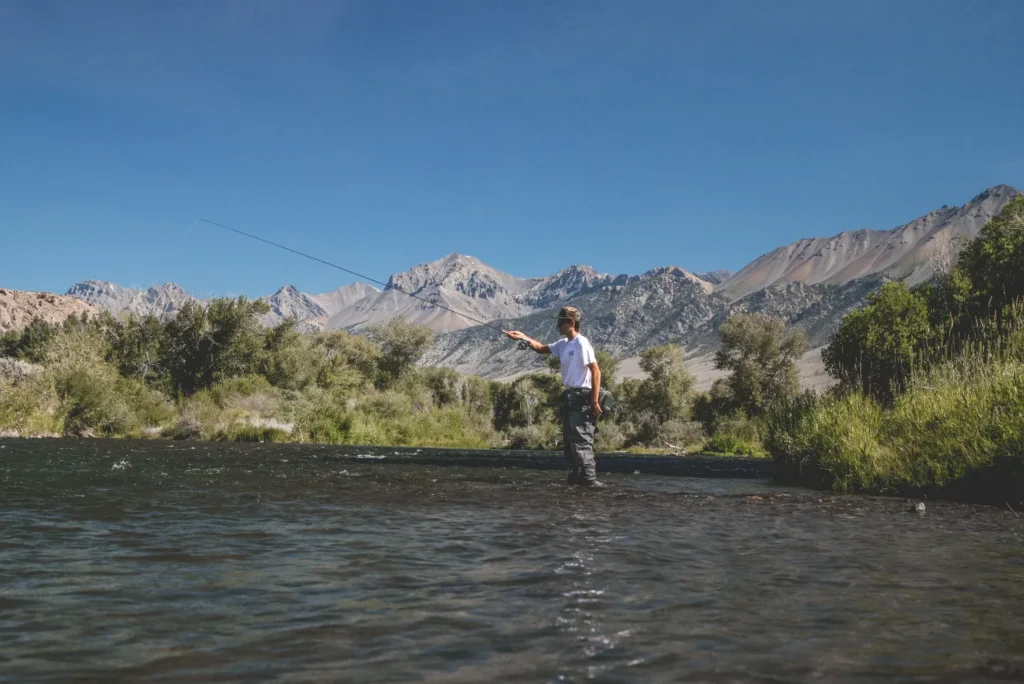
Euro Nymphing Course
Course Overview
What if you could catch more trout, more consistently than ever before? Euro nymphing is one of the most effective fly fishing techniques ever developed, and it’s no longer just for competition...
Contributors
View Outline >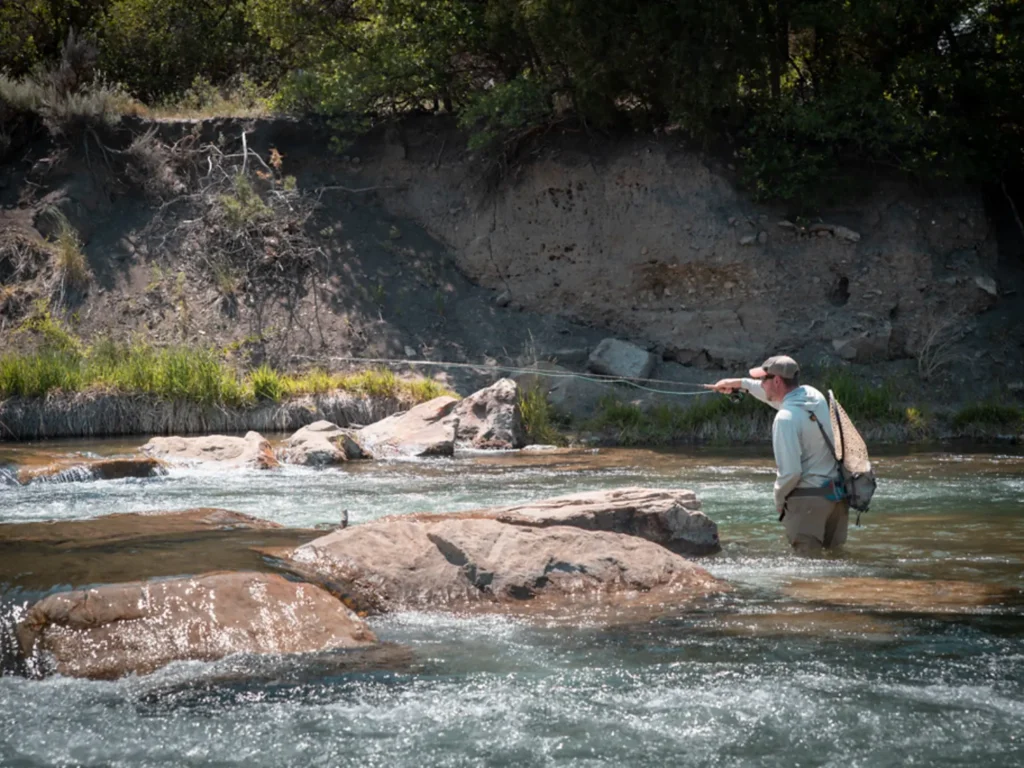
Classic Nymphing Course
Course Overview
Nymphing is the most effective way to catch trout, and this course will teach you everything you need to master it. Whether you’re a beginner looking to understand the fundamentals or an...
Contributors
View Outline >Become a Member
Sign up today and become a member to access all of our expert courses, fly tying library of over 550+ patterns and Q&A from expert anglers around the world.
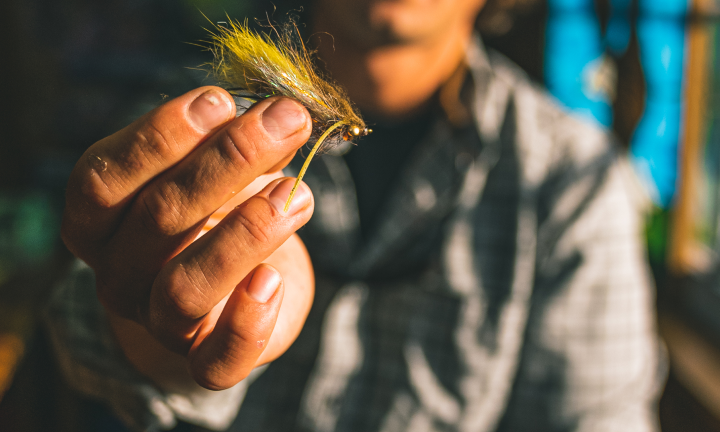
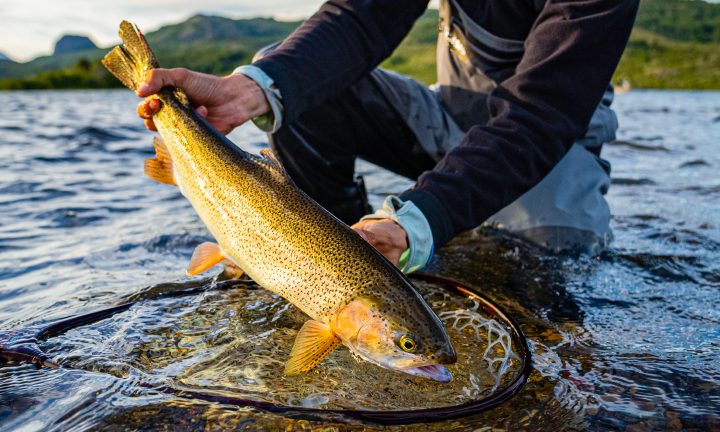
Become a Member
Sign up today to access our library of fly fishing courses, fly tying patterns and expert advice.

